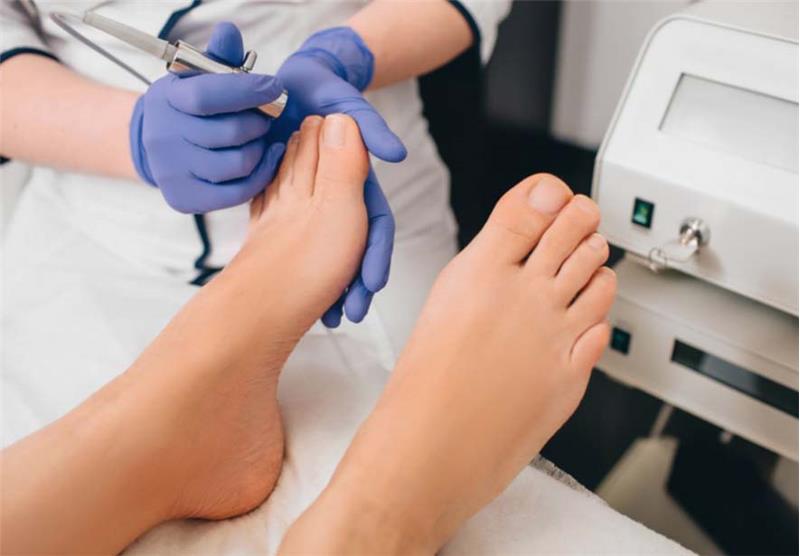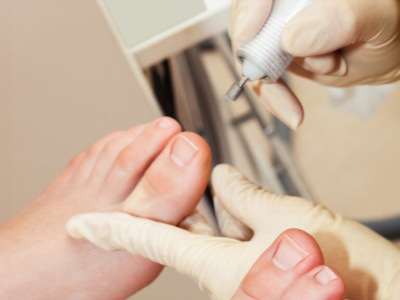Ingrown Toenail
Ingrown Toenails: Symptoms, Causes, and Treatment Methods
Ingrown toenails are an uncomfortable condition that occurs when the edge of the nail grows into the surrounding skin. It usually occurs in the big toe but can also be seen in other toes. Ingrown toenails can lead to severe pain, inflammation, and infections over time. This condition can negatively affect daily life and may cause restrictions in patients' social lives.
Causes of Ingrown Toenails
- Improper Shoe Selection: Tight or narrow shoes can hinder healthy nail growth and cause ingrowth.
- Incorrect Nail Cutting: Rounding off the corners of nails or cutting them too short can increase the risk of ingrowth.
- Genetic Factors: Individuals with a family history of ingrown toenails may experience this condition more frequently.
- Trauma: Physical impact or injuries to the nails can lead to ingrowth.
- Diabetes and Other Health Conditions: Certain health conditions can affect the way nails grow.
Symptoms of Ingrown Toenails
- Pain: Sharp or throbbing pain around the point where the nail is ingrown.
- Swelling: Swelling and redness may occur around the skin.
- Inflammation and Infection: If left untreated for a long time, inflammation and infection may develop, potentially causing discharge.
- Odor: An unpleasant smell may arise around the infected nail.
Treatment Methods for Ingrown Toenails
-
Home Care: In mild cases, washing the area around the nail with warm soapy water can help reduce inflammation. Additionally, placing cotton or gauze around the edge of the nail can help it move away from the skin.
-
Medications: Pain relievers and anti-inflammatory drugs can be effective in reducing pain and swelling. Moreover, antibiotic creams prescribed by a doctor can reduce the risk of infection.
-
Surgical Intervention: If ingrown toenails are severe or recurrent, surgical intervention may be necessary. In this procedure, the ingrown part of the nail may be removed, or a portion of the nail may be excised from the root. The goal after surgery is for the nails to grow back healthily.
Post-Treatment Considerations
- Hygiene: The area around the nail should be kept clean after the procedure, and hygiene rules should be followed.
- Avoid Tight Shoes: Avoiding tight shoes allows the nail to grow comfortably.
- Regular Check-Ups: To prevent ingrown toenails from recurring, foot health should be checked regularly.
Conclusion
Ingrown toenails can be a serious discomfort. With early diagnosis and proper treatment, it is possible to overcome this issue. Consulting a dermatologist or foot health specialist when discomfort is felt is crucial for managing the condition. Remember, healthy nail care minimizes the risk of ingrown toenails and maintains overall foot health.










